Marketing has become such a high-tech profession.
In any given week, we all hear words like “CGI”, “AR”, “VR”, “AI”, “programmatic” and “predictive” many times more than we hear words like “paper” or “ink”.
But before any of us here at Velocity Towers were marketing automation wonks or motion graphics mavens (check out our show reel!), a lot of us were font fanatics, paper partisans and printing purists.
And the very pinnacle of this obsession is letterpress.
Since Gutenberg invented it in 1450(-ish), letterpress printing ruled the Earth. For over 500 years, it was the main way people spread their ideas to other people. (Until it was replaced by photo-setting in the 60s, then digital in the 80s). (Then radio, TV, Facebook and Netflix).
Did you see what I saw?
A few months ago, some of us were returning to our office after a fire drill evacuation. We took a short-cut through the warehouse of The Poppy Factory, our lovely landlords who occupy the ground floor… and there it was.
Underneath a steel staircase.
Big. Bulky. Covered in dust. But unmistakeably…
…a Stephenson Blake proofing press.
And next to it, a six-foot high wooden case with about fifteen wooden drawers.
We slid one open.
A big, beautiful case of wood type. Gill Sans Condensed. Each letter as tall as your hand.
The next drawer revealed another font. Then another. And another. Big stuff. Little stuff. Grotesque stuff. Serif stuff. Gill. Clarendon. Fonts with no name but oodles and oodles of character. Ornaments. Funky, hand-cut question marks. Curlicue ampersands…
To most people, it might’ve looked like a bunch of dirty, alphabetized kid’s toys. To fellow type geeks, it was Christmas.
Like the press, the type looked like it hadn’t been used in decades.
We had to change that.
Thanks, Bill.
So we sidled over to Bill Kay, the friendly man who runs The Poppy Factory (an awesome charity that helps wounded, sick and injured vets get back into work), and asked if we could maybe dust off the old press and see if we could get it working.
He was thrilled to see the press operating again. Game on.
Thanks, Pat.
Then we asked our friend Pat Randle, one of the country’s top letterpress printers to come and help us out. He’s a guy with a deep, lifelong understanding of letterpress. He grew up in a very special print shop and publisher, The Whittington Press (publishers of amazingly beautiful letterpress books and Matrix, the most wonderful annual journal for printers and bibliophiles). And he now he produces exquisite books of his own as Nomad Letterpress. He’s also half of Double Dagger, a more experimental, digital letterpress shop that produces a stunning annual newspaper.
Oh, and he’s a gifted teacher, giving his students just enough instruction to minimize frustration, then letting them get on with it (always standing by to guide, tweak, suggest and admire).
Pat agreed to come down to London and get the press working with us.
The first Velocity Letterpress Day was a go.
Pictures, take over from words:
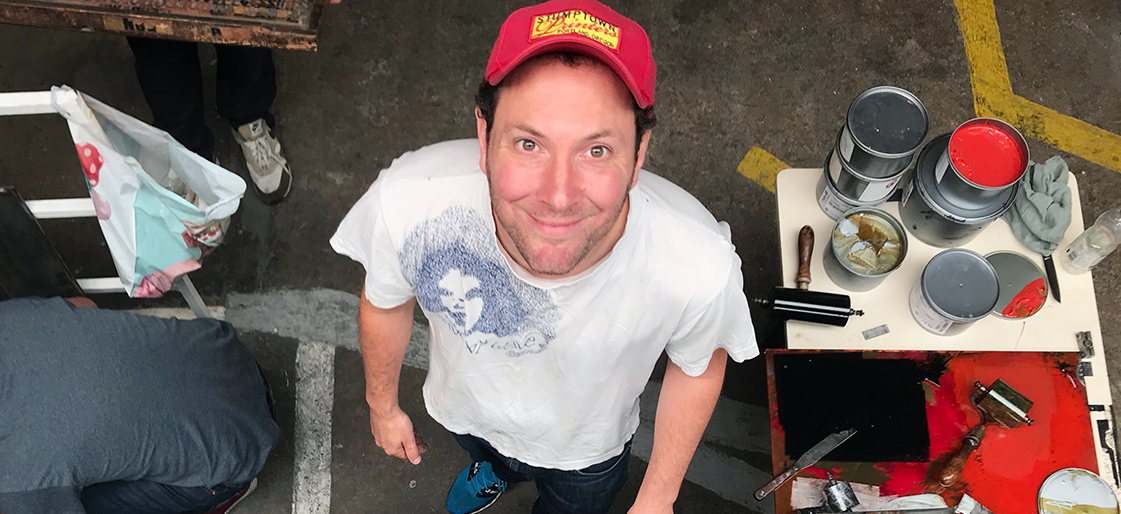
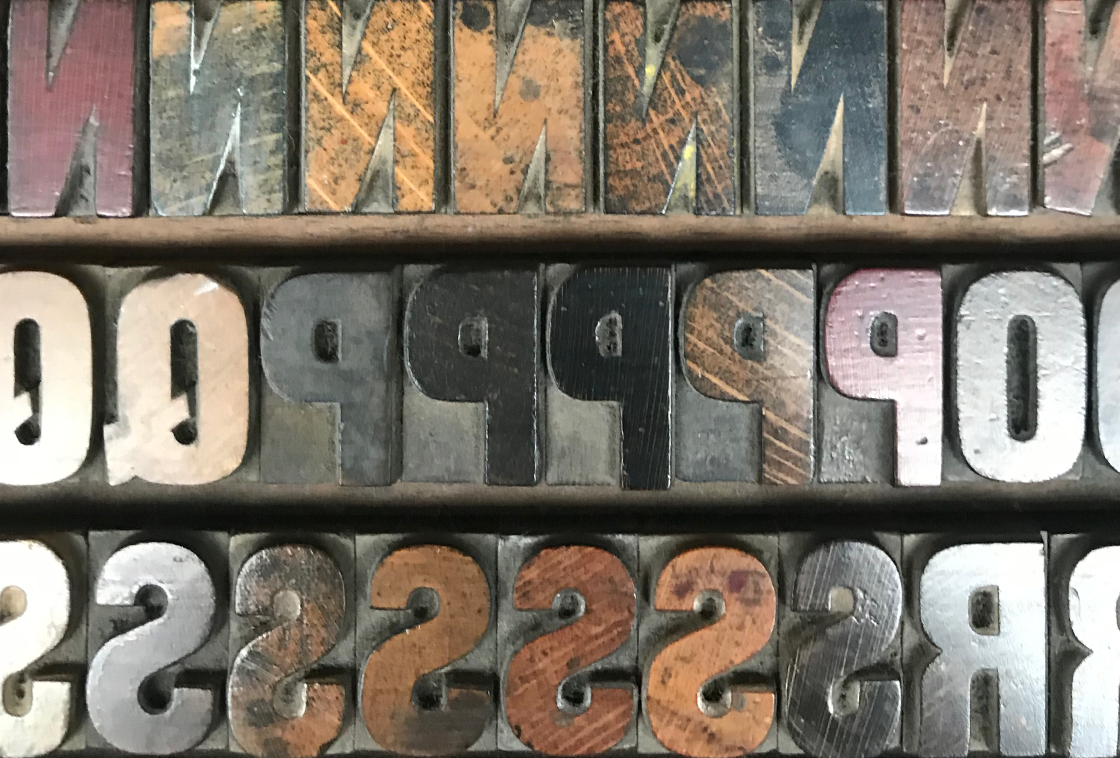

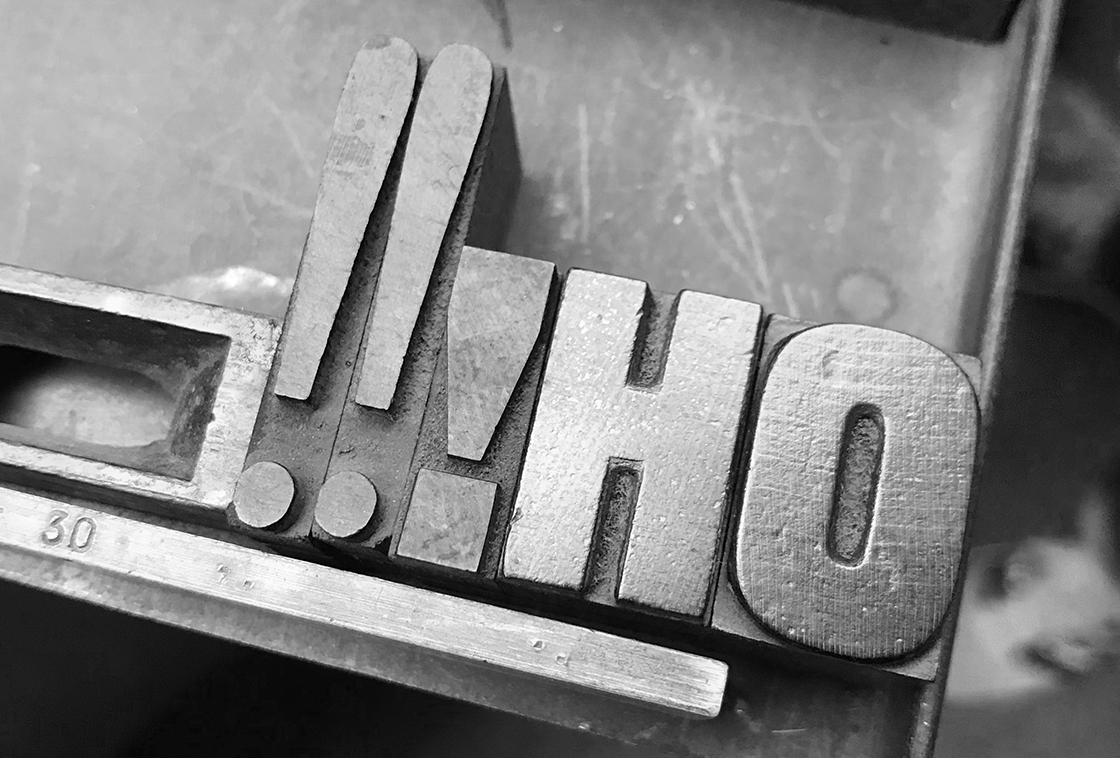

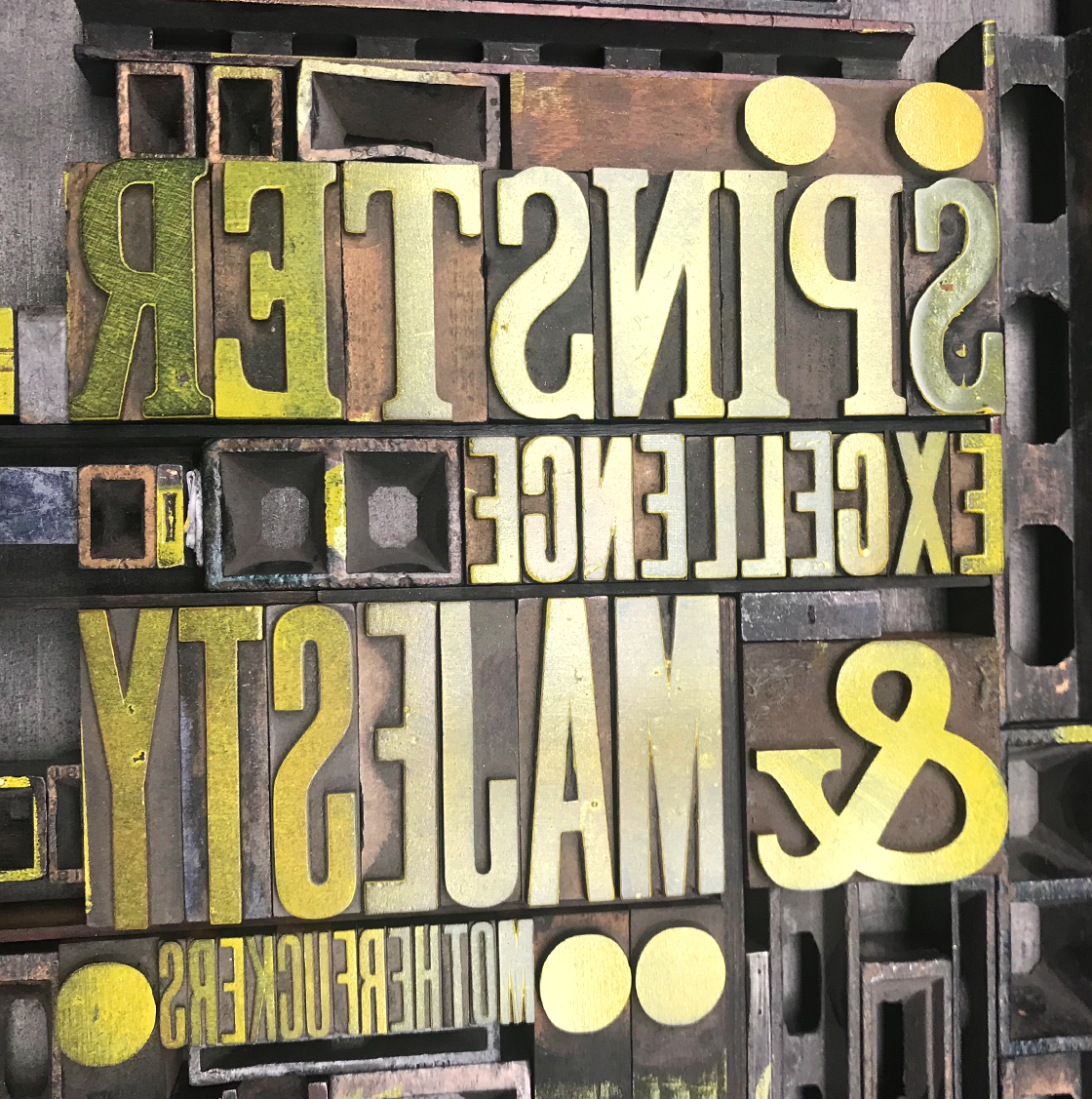





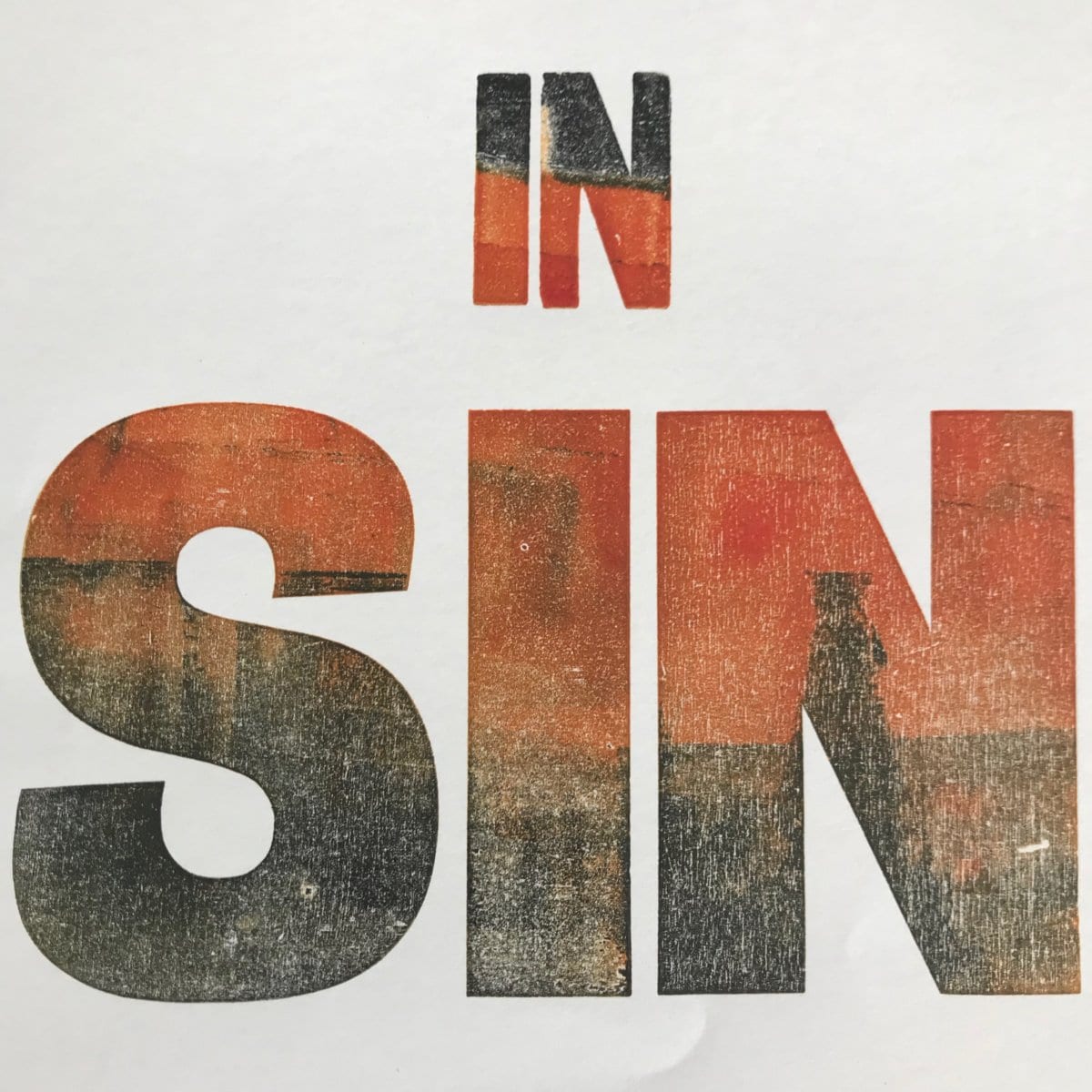
As you can see, we had a ball. About fifteen of us got a chance to put down our mouses for a few hours, pick up a steel galley, and make something real.
In a world increasingly dominated by pixels, this was an inspiring reminder that, for most of the last few centuries, creating posters and books and newspapers and marketing were all very physical activities.
Now we’re buzzing about how we might turn that physicality—the wood and ink and paper and steel—into work for Velocity and our clients.
Wherever that goes, the most important thing may be about bringing play back to work.
Tongue-sticky-outy-without-realizing-it play.
And the F-word back into marketing.
Because the whole day was So. Much. Bloody. Fun.
This was the first Velocity Letterpress Day (a kind of reverse wayzgoose).
But something tells me it won’t be our last.

Enjoyed this article?
Take part in the discussion


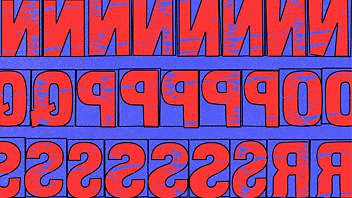





Comments
There are no comments yet for this post. Why not be the first?